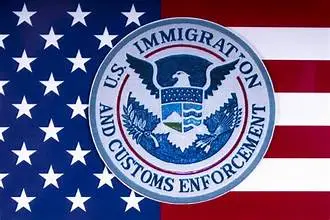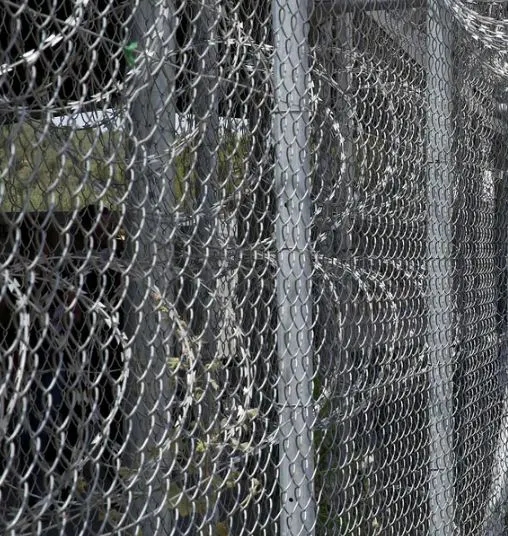QUESTION:
Hello Martin,
Did banks receive government bailouts prior to Glass-Stegal being repealed?
If so, if they are forced to return to relationship banking, why can’t the big boys simply drop lending standards and keep bad loans on the books (with a nod and wink from congress), knowing they can strong arm politicians into another bailout, as they rely on campaign contributions?
Is it possible for your solution to work without all parts in place, I.e., both political contributions and transactional banking both being prohibited?
Thoughts?
ANSWER: For the most part, the banks were not bailed out by handing them piles of cash and leaving the same people in charge. They were often merged with other banks through forced sales. This trend of bailouts really emerged in 1998, thanks to Robert Rubin, formerly of Goldman Sachs. Rubin orchestrated the bailout of Mexico to save the banks indirectly, much like the bailout of Long-Term Capital Management hedge fund to protect the banks.
Rubin worked very hard to repeal Glass-Steagall, which was finally signed on November 12, 1999, after Rubin left office just in time in July after everything was set. The repeal in part of the Glass-Steagall Act of 1933 removed all barriers in the market among banking companies, securities companies, and insurance companies that prohibited any one institution from acting as any combination of an investment bank, a commercial bank, and an insurance company. This directly set the stage for the AIG crisis insuring Goldman’s products for the 2007 crash. They orchestrated AIG to insure their products as AAA so they could compete in the REPO market with government securities. Goldman was an investment bank, and in the process to get the bailout cash, they converted to a commercial bank without branch offices taking deposits from the public.
Even when Salomon Brothers were caught manipulating the U.S. Treasury auctions in 1991, they were going to be shut down. It was after that manipulation that the bankers did the reverse takeover of government. So the type of bailouts of post-1999 did not take place before. They would sell a bank to another in a shotgun wedding arrangement. There was never a pile of cash made available with the same management in place.












